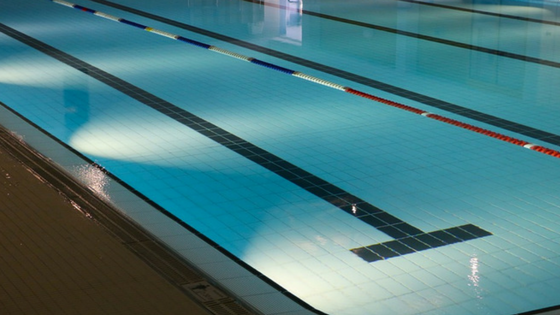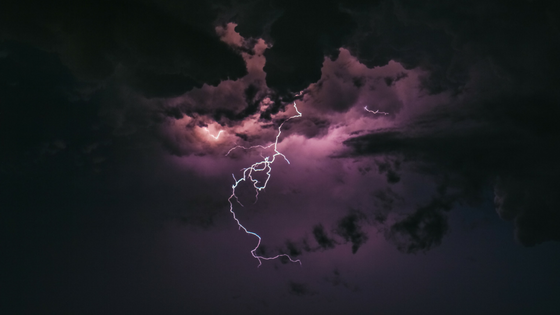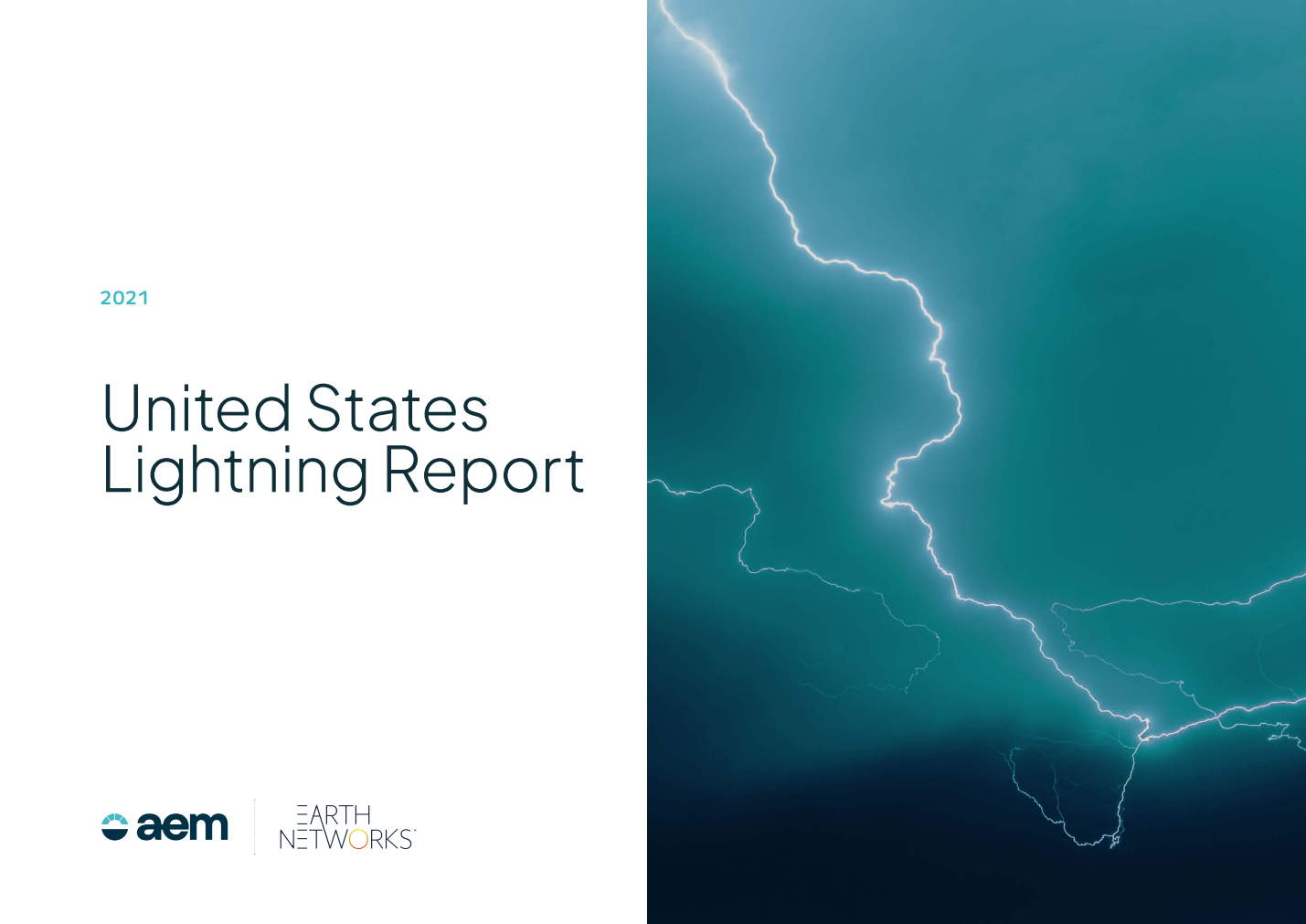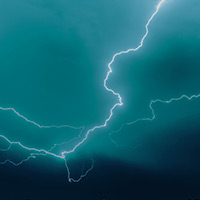Do indoor pools and lightning mix?

Your student-athletes are practicing for tomorrow’s big swim meet when a storm rolls through the area. Lightning splits the sky through the glass ceiling as the low rumble of thunder starts to grow. Some students continue swimming, seemingly oblivious to Mother Nature, while others rush out of the pool. One student out of the water asks if you’re going to cancel practice. Another student in the water says she’s heard it’s safe to swim indoors during severe weather. You’ve heard this before, but is it fact or is it just myth?
5 Myths About Indoor Pools and Lightning

1. Indoor pool facilities are typically bonded and grounded so they are safe
While buildings that are bonded and grounded make it easier for lightning to travel to the ground without resistance, they are not completely safe when it comes to water.
Bonded: All of the metal parts, motors, brackets, cable, and remote panels should be connected (bonded) together to provide a grid.
Grounded: This grid, along with any other machinery, should be grounded to allow the electric surge to escape the facility without disrupting any systems or injuring anyone.
Water is an excellent conductor of electricity, so while bonding and grounding may protect your participants, the only way to 100% ensure safety is to evacuate ahead of time.
2. No one has died in an indoor swimming pool because of lightning before
While there hasn’t been a documented case of an indoor pool lighting injury or death, there should be no debate around clearing indoor pools. Think of it this way: There are plenty of cases of people being electrocuted while brushing their teeth or taking a shower during a lightning storm in a bonded, grounded building. A body of water as large as a pool is an even bigger target for lightning strikes. When severe weather rumbles towards an indoor pool facility, the risk is simply not worth the reward.
3. If we keep swimming we’re not breaking any rules
There are plenty of national codes and standards that specifically apply to and explicitly state indoors pool regulations. These include:
- American College of Emergency Physicians
- National Lightning Safety Institute
- National Athletic Training Association (NATA)
- Young Men’s Christians Association (YMCA)
4. There are no easy ways to know if lightning is going to be a problem for our practice/meet
Actually, there are a few. The weather you see on the news or get from the nearest airport can be very different from conditions on campus. That's why having your own, hyperlocal weather tools on campus can make a huge difference in accuracy. Installing a weather station on campus is a great way to get accurate real-time weather data for your campus.
Another way to know exactly when lightning is with a lightning alerting system. Detection-based systems are much more accurate than prediction-based systems. This is because they detect lightning strikes within a radius of your system.
5. OK, so I cleared the pool. Now we should wait 30 minutes until activity can resume, right?
Not exactly. While waiting 30 minutes after the last clap of thunder used to be a best practice, that is no longer the case. This is because you can miss lightning strikes and new storms can start without you knowing it. Technological advancements enable more accurate, easy-to-measure methods for resuming activity in lightning risk areas.
Jackie Sales, the aquatic coordinator at Coastal Carolina University, relies on technology for emergency response in her facilities. She uses Earth Networks and appreciates how the Outdoor Alerting System “tells you when the weather is OK to use the pools again.” Lightning detection systems connected to a worldwide weather network, like our tool, not only give decision-makers the all-clear but keep an eye on developing storms in the area.
Learn More
Don’t let lightning myths put people in danger. Just knowing you should tell your athletes to get out of the water isn’t enough. Look into investing in scientific severe weather tracking and alerting systems that keep people safe. Contact Earth Networks to learn more about their solutions.






